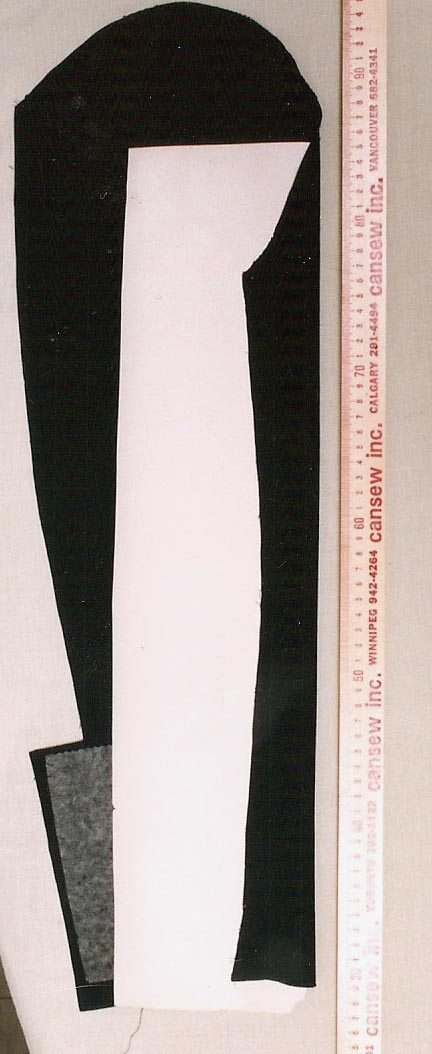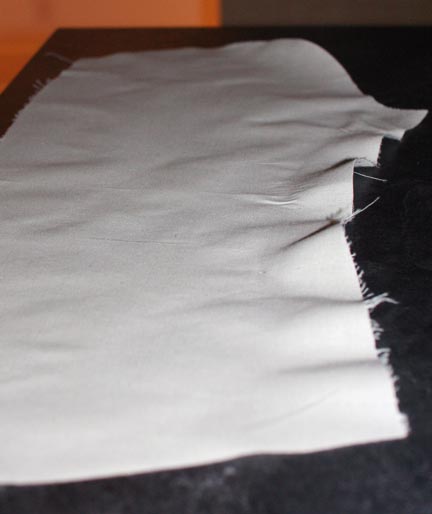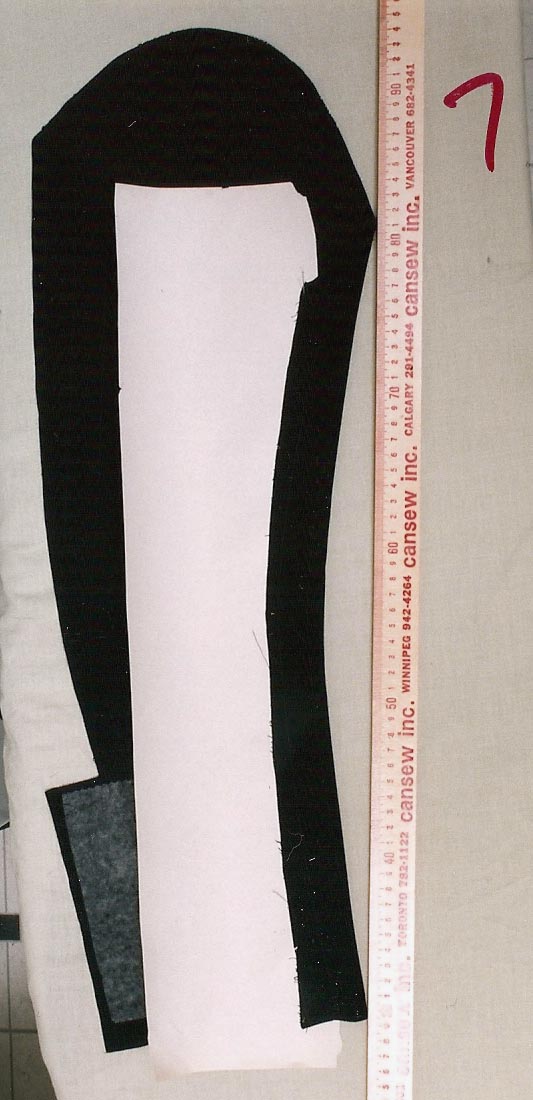- Joined
- Aug 25, 2008
- Messages
- 1,633
- Reaction score
- 877
It has occurred to me that there is a great amount of discussion about fabric, canvas, basting and padstitching, but that there is another element of tailoring which is misunderstood, or not understood at all. I will say that pressing, which includes the shaping before, during, and after tailoring, plays one of the most important roles in shaping a suit, more so than many of the sewing operations. IT is not only about making a seam flat or free of wrinkles. To illustrate the point, let's look at the shaping of a sleeve. On a well-made suit the sleeve is made to curve gracefully, following the shape of the arm. To do this we need several seams and some careful pressing. The elbow seam follows the outside of the sleeve, but the seam at the front of the sleeve is tucked 3/4" to 1" inside the fold of the sleeve in order to conceal it. In the photo below, observe carefully how the lines of the check on the undersleeve are straight but the top sleeve are very curved. This is not at all natural and very important.
 Normally we need a seam at the exact place that shaping will occur, that is to say, right along that front fold, not 1" back. If I fold the topsleeve back in its natural state, observe below that not only is the front of the sleeve straight, but the curved edge goes in the opposite direction from that which we want. Here comes one of the bits of tailoring magic.
Normally we need a seam at the exact place that shaping will occur, that is to say, right along that front fold, not 1" back. If I fold the topsleeve back in its natural state, observe below that not only is the front of the sleeve straight, but the curved edge goes in the opposite direction from that which we want. Here comes one of the bits of tailoring magic.
 I will use a great deal of steam and pressure, holding the iron in one hand, pressing down in a very specific method, and carefully stretching the top sleeve the length of the curve. There is technique to this that must be learned properly or the sleeve will never hang properly. Using steam and heat, I have re-shaped the top sleeve and re-set the shape, much like using curlers or a curling iron on hair. It is no longer a flat, two-dimensional piece of cloth, but has a shape. Folded into position, the seam now takes its proper shape and the sleeve will curve with my arm.
I will use a great deal of steam and pressure, holding the iron in one hand, pressing down in a very specific method, and carefully stretching the top sleeve the length of the curve. There is technique to this that must be learned properly or the sleeve will never hang properly. Using steam and heat, I have re-shaped the top sleeve and re-set the shape, much like using curlers or a curling iron on hair. It is no longer a flat, two-dimensional piece of cloth, but has a shape. Folded into position, the seam now takes its proper shape and the sleeve will curve with my arm.

 Just the way I used steam to shape the sleeve, if I use steam on the sleeve without holding its stretched, curved position, I will undo this shaping. The sleeve will relax and hang straight (its natural position) instead of curving, and the tension created will cause a small break just below the elbow. It is a subtle thing to some, but to tailors it is glaringly obvious. It is one of the first signs that a suit has been mishandled. You probably never noticed before, but maybe now you will. And this is only one piece of a suit; not one piece of a suit (and there are many) is left flat, without any of this sort of manipulation, and steaming a suit can undo it all. You may not see it now, just like once upon a time you didn't know the difference between canvas and glue, but you can learn to see it and to appreciate the work that goes into a well-made suit.
Just the way I used steam to shape the sleeve, if I use steam on the sleeve without holding its stretched, curved position, I will undo this shaping. The sleeve will relax and hang straight (its natural position) instead of curving, and the tension created will cause a small break just below the elbow. It is a subtle thing to some, but to tailors it is glaringly obvious. It is one of the first signs that a suit has been mishandled. You probably never noticed before, but maybe now you will. And this is only one piece of a suit; not one piece of a suit (and there are many) is left flat, without any of this sort of manipulation, and steaming a suit can undo it all. You may not see it now, just like once upon a time you didn't know the difference between canvas and glue, but you can learn to see it and to appreciate the work that goes into a well-made suit.








